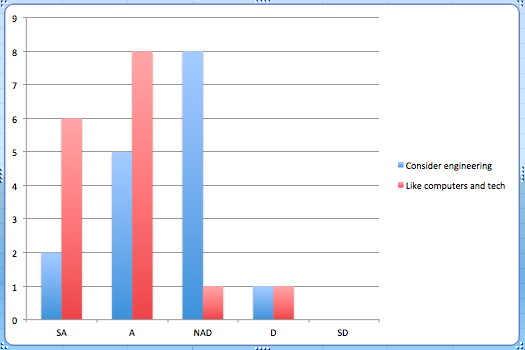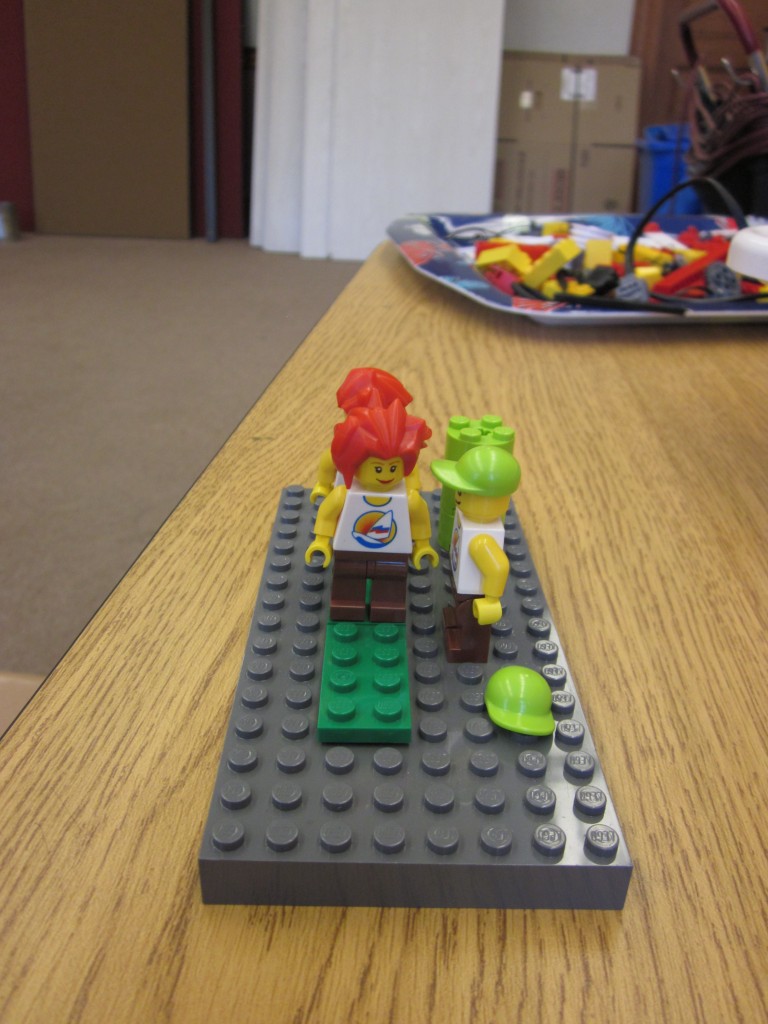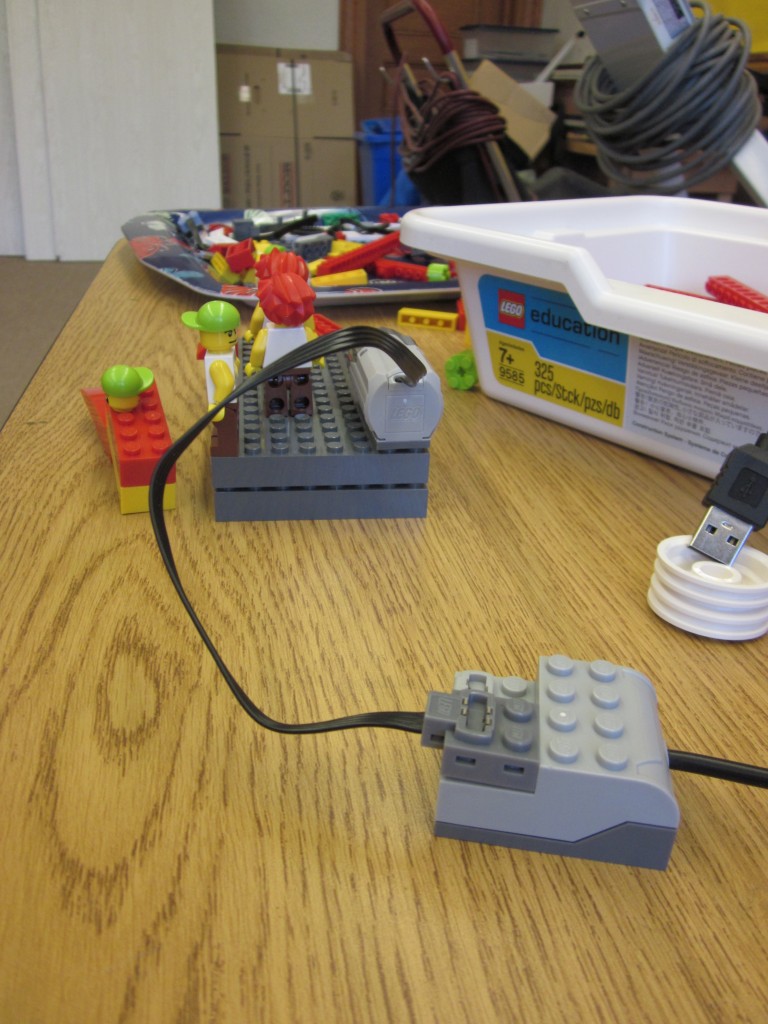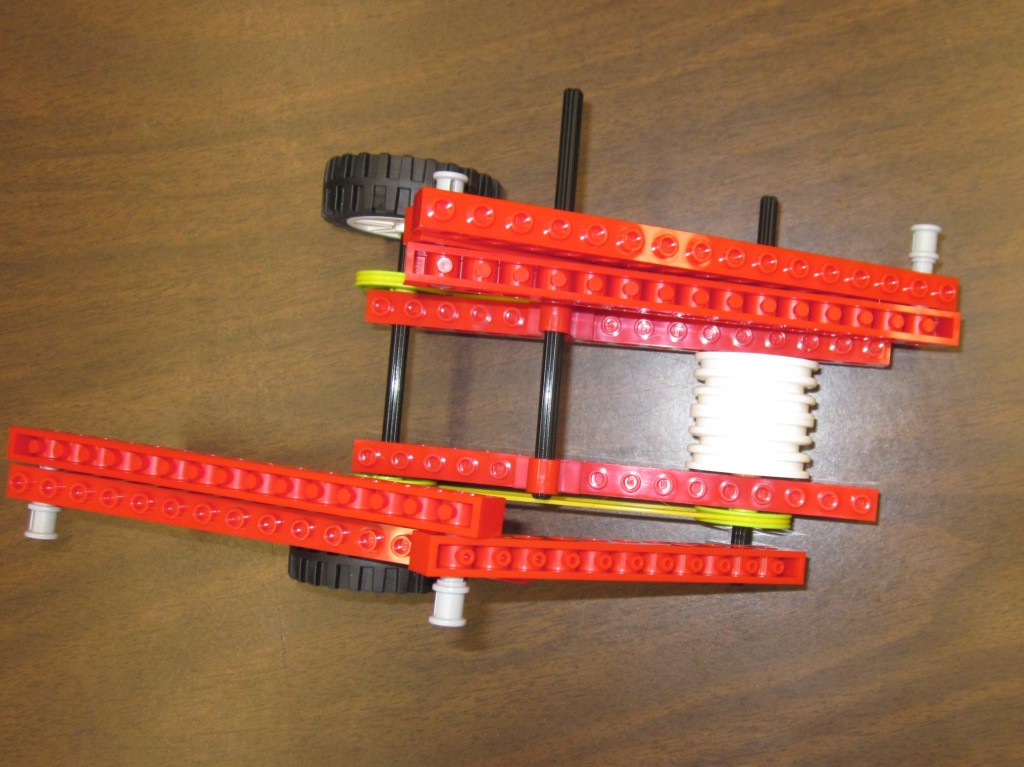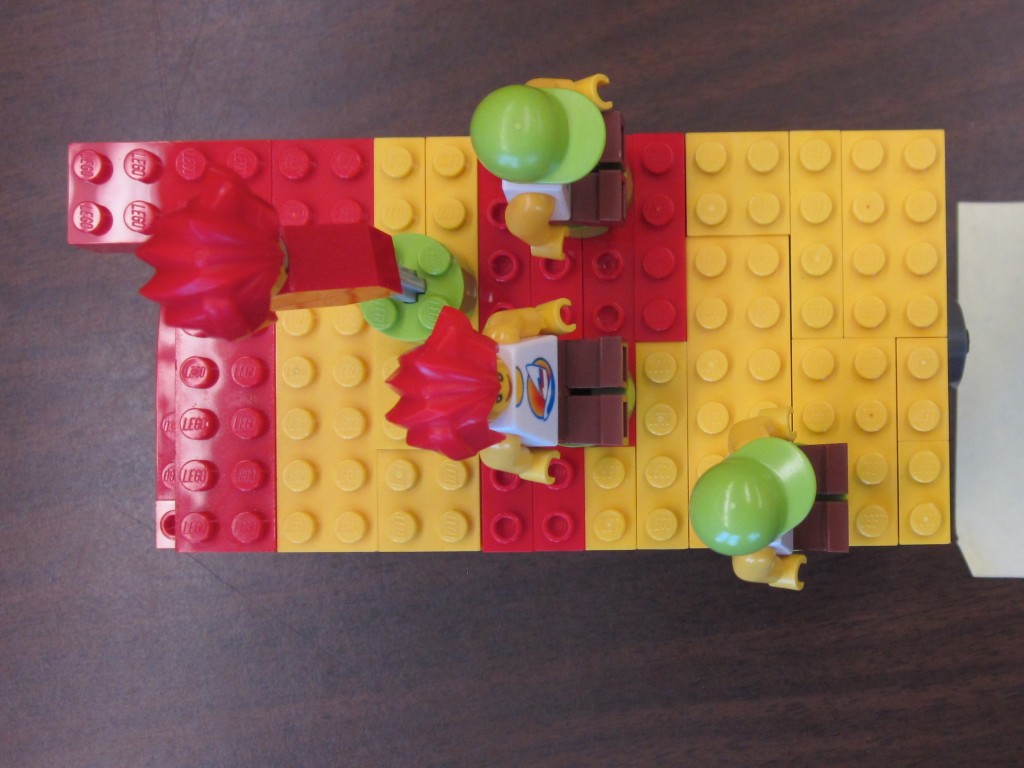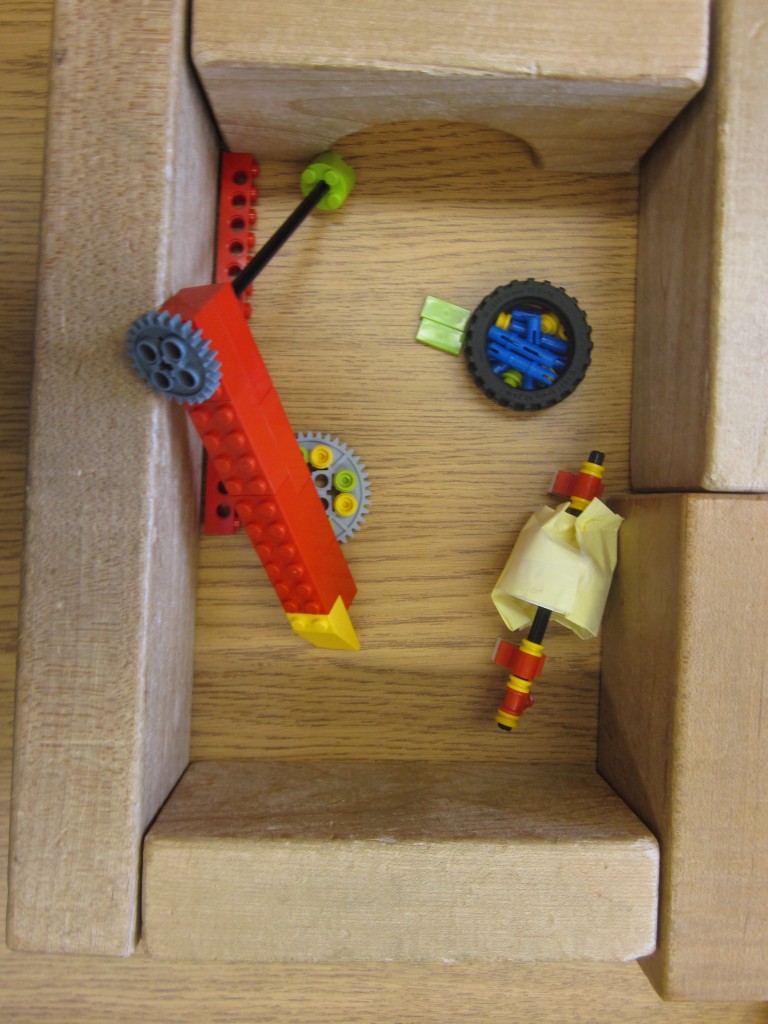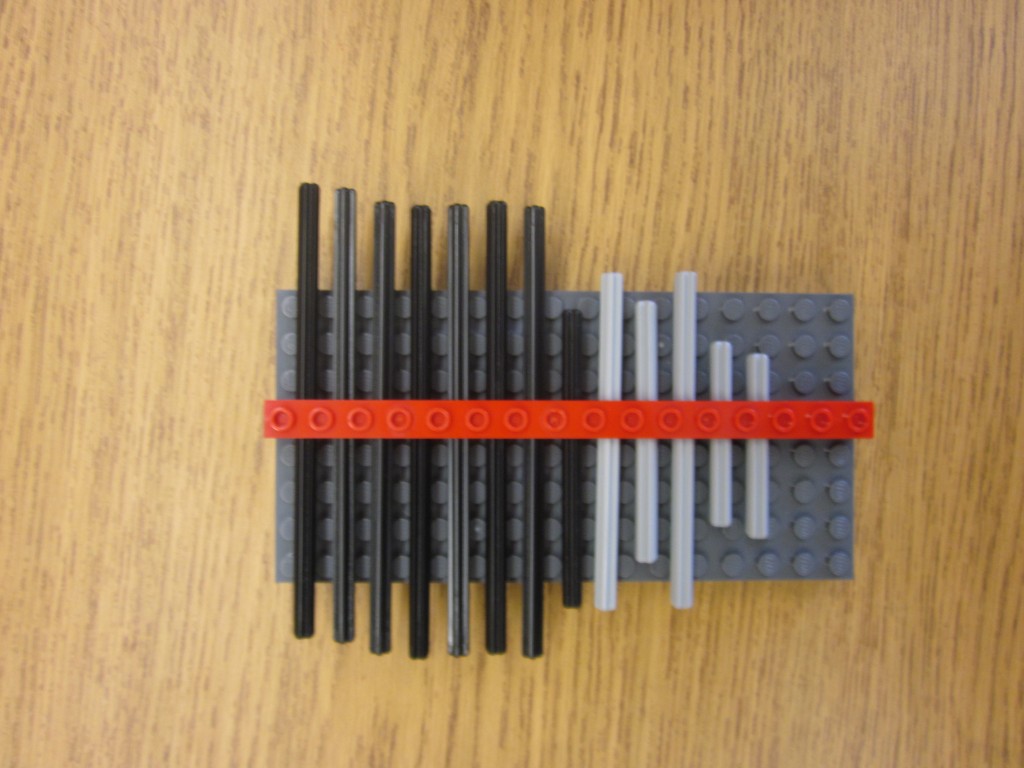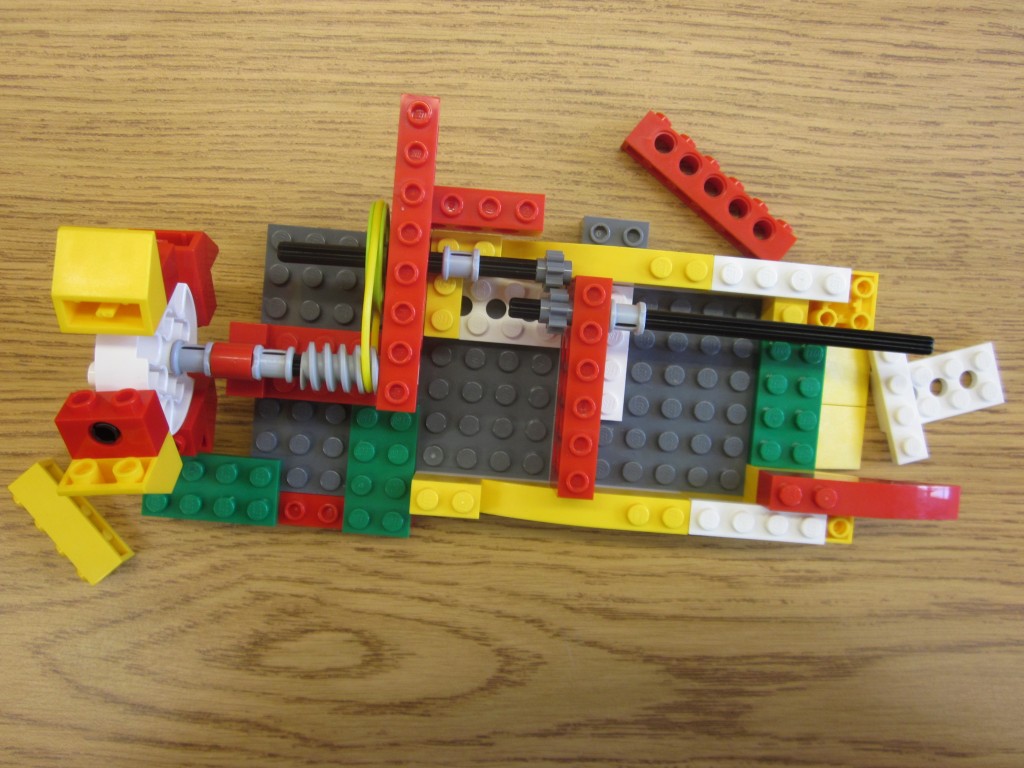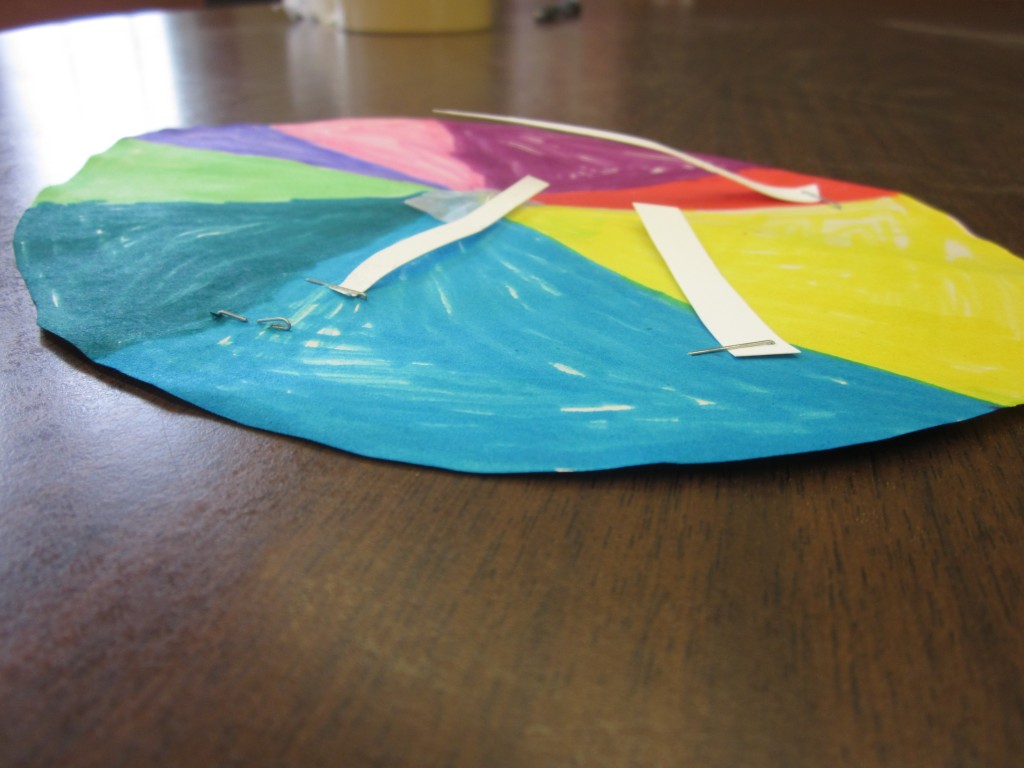We use Apple’s iCloud in our family to share calendars. This is great for knowing my son’s schedule and for my wife and I knowing each other’s schedule no matter where we are. I also use iCloud to synch podcasts, photos, music, and TV shows. I use Dropbox for all my current graduate school work, mostly to read research papers on my iPad. I recently got an iPhone 5, which I primarily use as a phone but will also use in a pinch to check email, Facebook, and my one social game I play – Mousehunt.
Last week, I got Evernote and To-Do Queue (great app if you have not heard of it) synching correctly on all 3 devices. I also created a new shopping list in Evernote and shared it with my wife. I do most of the shopping but she also shops for us sometimes. It worked pretty well though I did have to stop and check the list in the aisles and it took a little longer that checking a paper list. Also, to uncheck something I bought was a real pain. Evernote repaints the screen every time you check or uncheck something and it’s hard not to check or uncheck an adjacent item frequently. I may research this for a workaround. I will try it some more. I suppose it saves from having to write and remember all the frequent grocery items. And if we forget the list or go on an unplanned shopping trip, it will be there. And having a shared list will be handy at times. Does your family have a different way of sharing information like this in the cloud?


